In a world where food safety and shelf life are increasingly prioritised over nutrient integrity, there’s a quiet industrial practice that rarely gets talked about — and almost never appears on product labels: irradiation.
Used on everything from herbs and spices to grains and dried fruits, irradiation may sound high-tech and reassuring. It uses gamma rays, electron beams, or X-rays to kill bacteria, delay ripening, and extend shelf life.
But while it’s effective in neutralising microbes, it comes at a cost. And it’s a cost we’re not willing to pass on to our customers.
The Problem With Irradiation
Irradiation may reduce microbial contamination, but it also changes the food in ways that can’t be undone.
- Nutrient Loss: Key vitamins like A, B1, C and E are degraded or destroyed by radiation.
- Structural Damage: Radiation alters enzymes and antioxidants, reducing the food’s natural healing power.
- Radiolytic Byproducts: These are new chemical compounds formed during irradiation — not all of them fully studied, and none of them naturally occurring.
- Lack of Transparency: In many countries, irradiated ingredients don’t require prominent labelling — especially when used as part of a blend. Consumers are often unaware their “natural” food has been exposed to radiation.
For a treatment designed to make food safer, that’s a lot of compromise.
What We Do Instead: Freeze Drying
Rather than sterilising our ingredients, we preserve them — gently and respectfully.
Freeze drying is a low-temperature, vacuum-based method that removes moisture from food without the use of heat or radiation. It’s used in high-performance fields like space nutrition and clinical research — and it’s perfect for superfoods and medicinal plants.
Here’s what makes freeze drying better:
- Up to 90–95% nutrient retention, including fragile vitamins and enzymes
- No chemical exposure, no preservatives, no radiation
- Preserves the full integrity of the plant — colour, aroma, flavour, and potency
- Stops bacterial growth naturally by removing moisture (without killing the food itself)
We also test every batch for microbial safety post-freeze-drying. It’s a more rigorous, more expensive process — but it's the only one we trust with your health.
Certified Organic = Never Irradiated
You might be surprised to learn that certified organic standards globally prohibit irradiation — entirely.
In Australia (under ACO), the US (USDA Organic), the EU, and many other regions, if a product is certified organic, it cannot be irradiated at any stage — not during growth, storage, processing, or packaging.
That’s why choosing certified organic isn’t just about avoiding pesticides — it’s also a safeguard against hidden industrial processing.
So when we say our ingredients are freeze dried and sourced from organic-certified or organic-compliant farms, it’s not just about farming. It’s about trust, integrity, and the right to know what’s in your food — and what’s been done to it.
Organic Moringa CapsulesA powerful supplement for your health and wellness. Order Now |
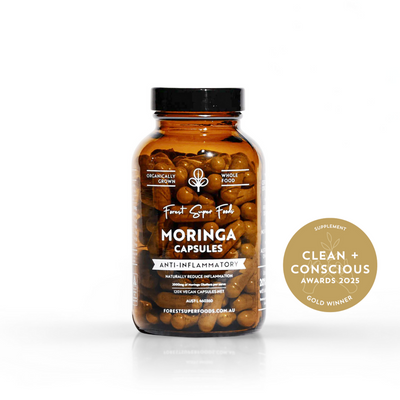
|
Frequently Asked Questions
What does Ashwagandha do for the body?
Ashwagandha is a traditional adaptogen known for helping the body manage stress. It may support hormone balance, improve energy levels, reduce anxiety, and enhance sleep quality. Some studies also suggest benefits for brain function, endurance, and immunity.
Is Ashwagandha allowed in Australia?
Yes, Ashwagandha is approved for use and sale in Australia as a listed ingredient in supplements. At Forest Super Foods, we ensure our Ashwagandha is 100% organic and compliant with Australian standards and regulations.
What happens if I take Ashwagandha daily?
Many people take Ashwagandha daily for long-term stress support, improved mood, and better sleep. Most benefits are noticed gradually over weeks. Always follow the recommended dose and consult a healthcare professional if you're on medication or managing a health condition.
Does Ashwagandha have side effects?
Ashwagandha is generally well tolerated, but in some cases, it may cause digestive upset, drowsiness, or hormonal effects. It's not recommended during pregnancy, and people with thyroid conditions or autoimmune disorders should consult their doctor first.
Does Ashwagandha make you sleepy?
Ashwagandha doesn't act like a sedative, but it may promote relaxation and help reduce overactive stress responses. This calming effect may support deeper sleep at night without causing grogginess during the day.
How long does it take for Ashwagandha to kick in?
Most people start noticing effects within 2 to 4 weeks of consistent use. However, it can vary depending on your health, dosage, and what you're using it for (e.g., stress, sleep, energy, or hormones).



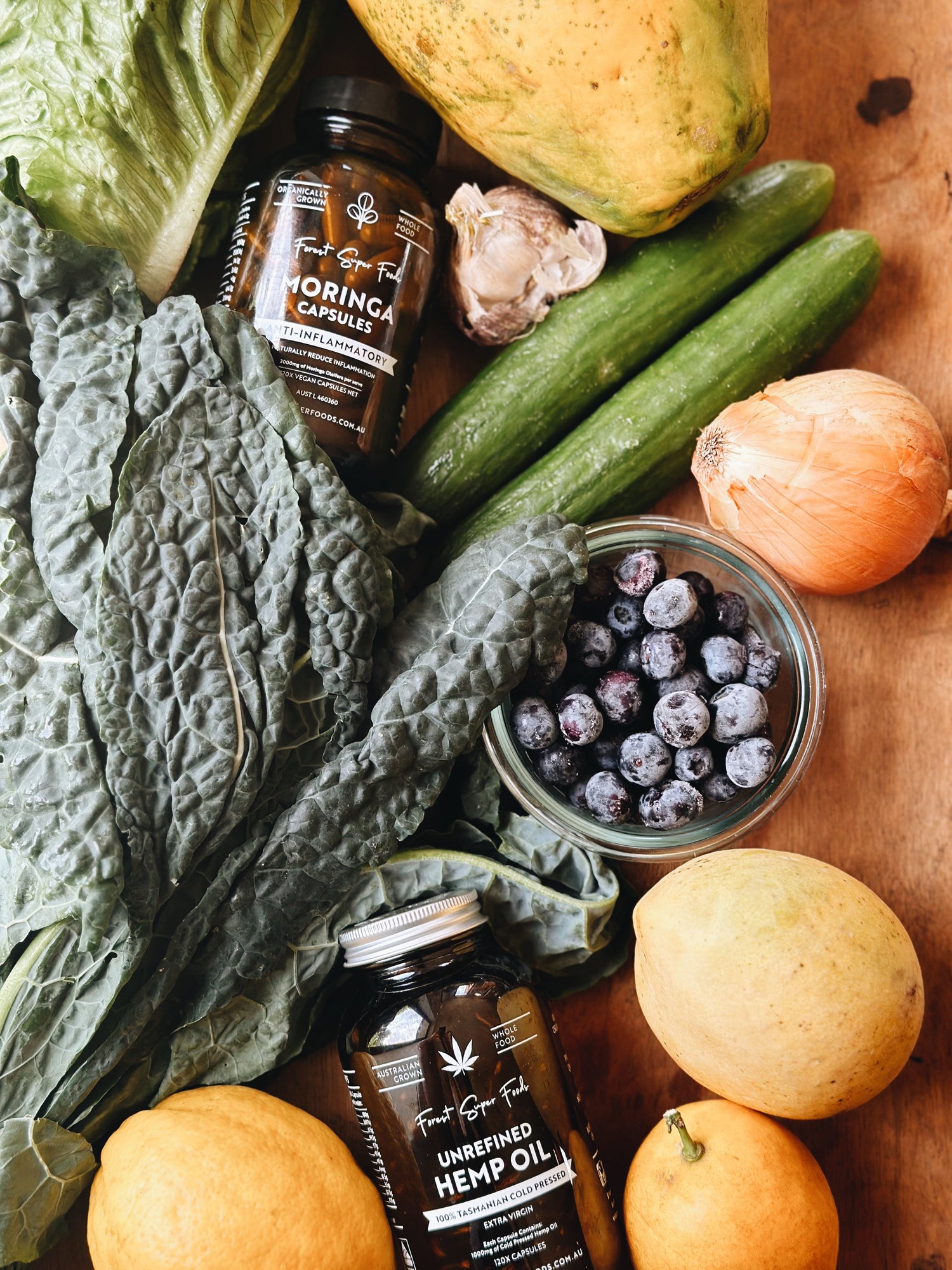

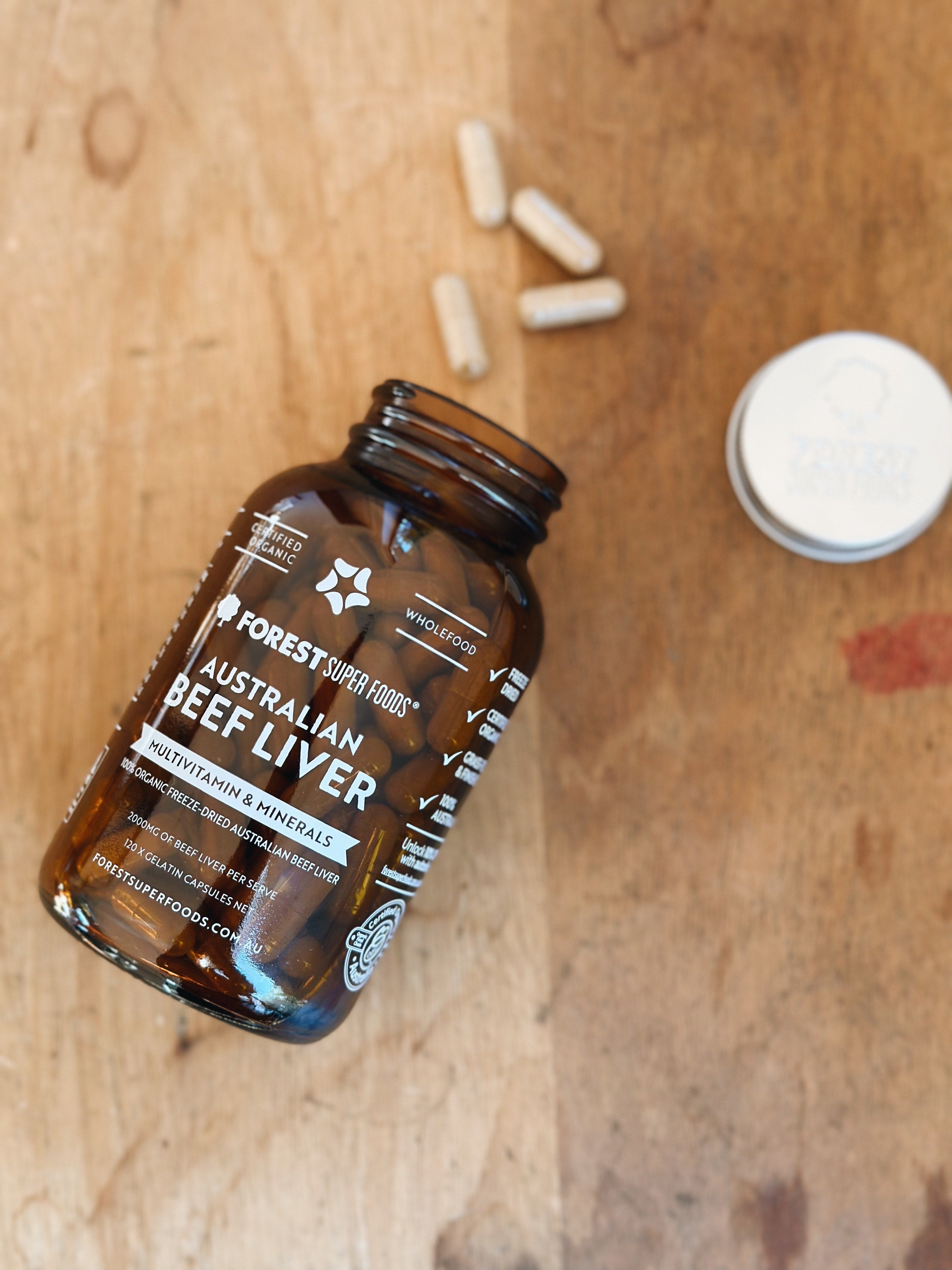

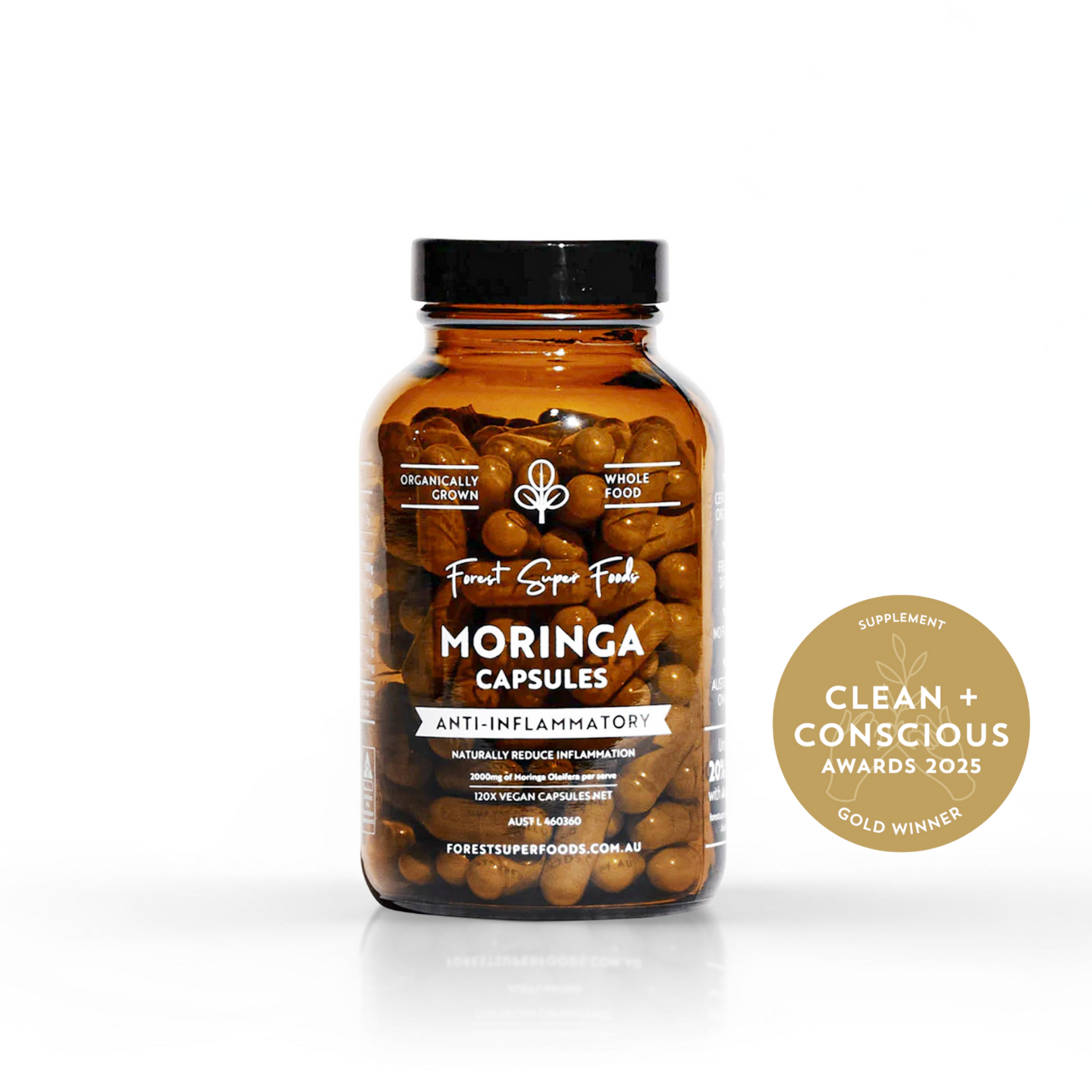
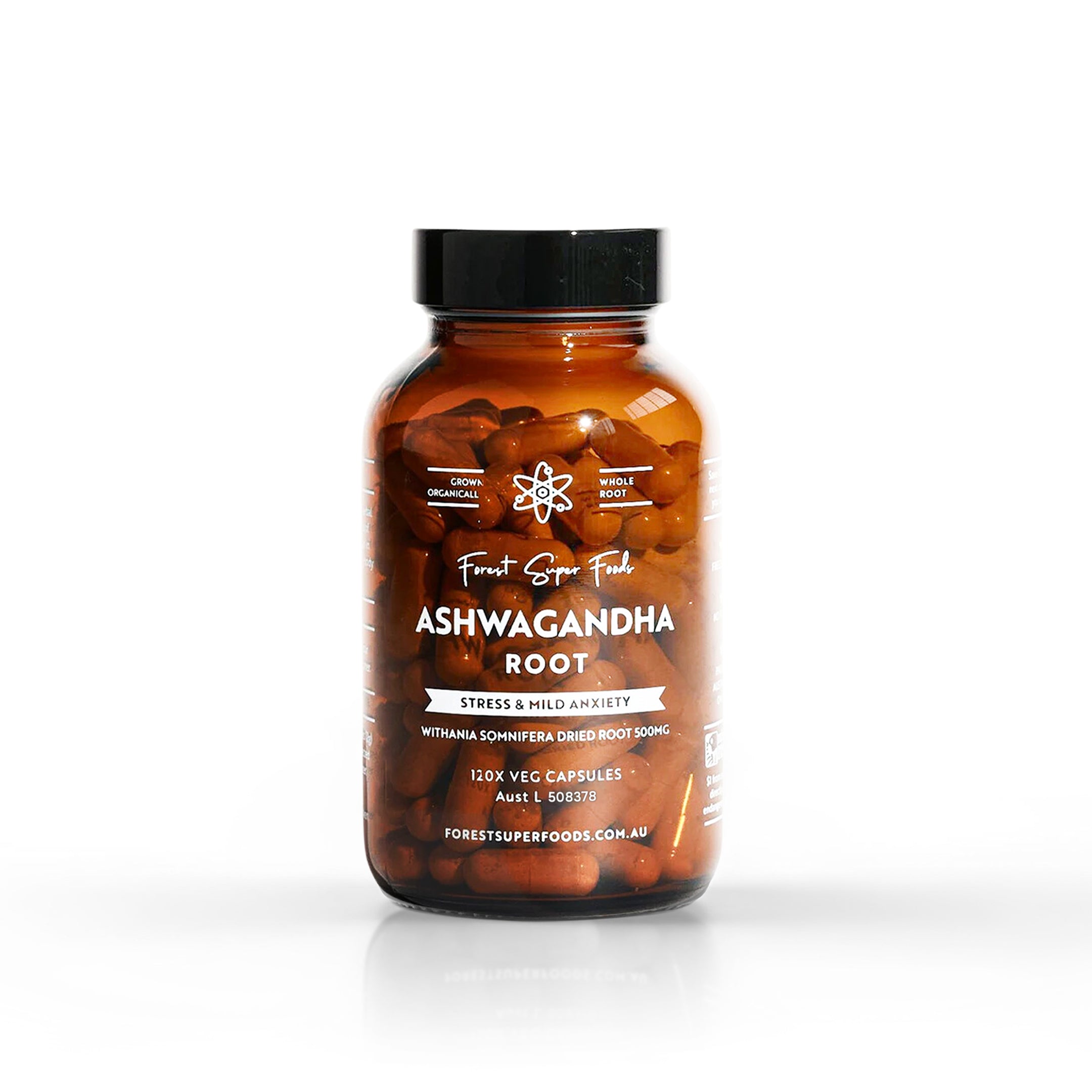
Leave a comment
All comments are moderated before being published.
This site is protected by hCaptcha and the hCaptcha Privacy Policy and Terms of Service apply.